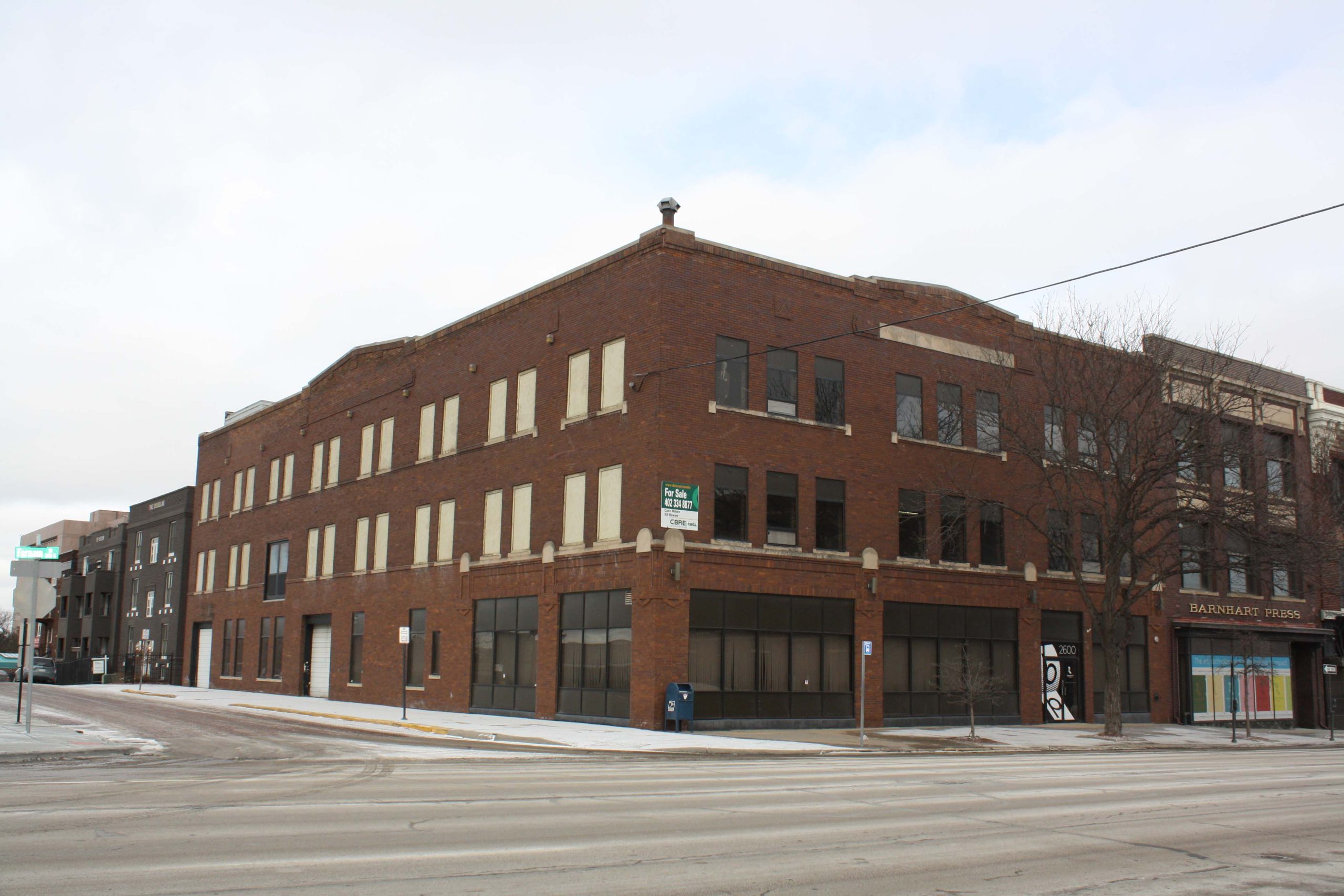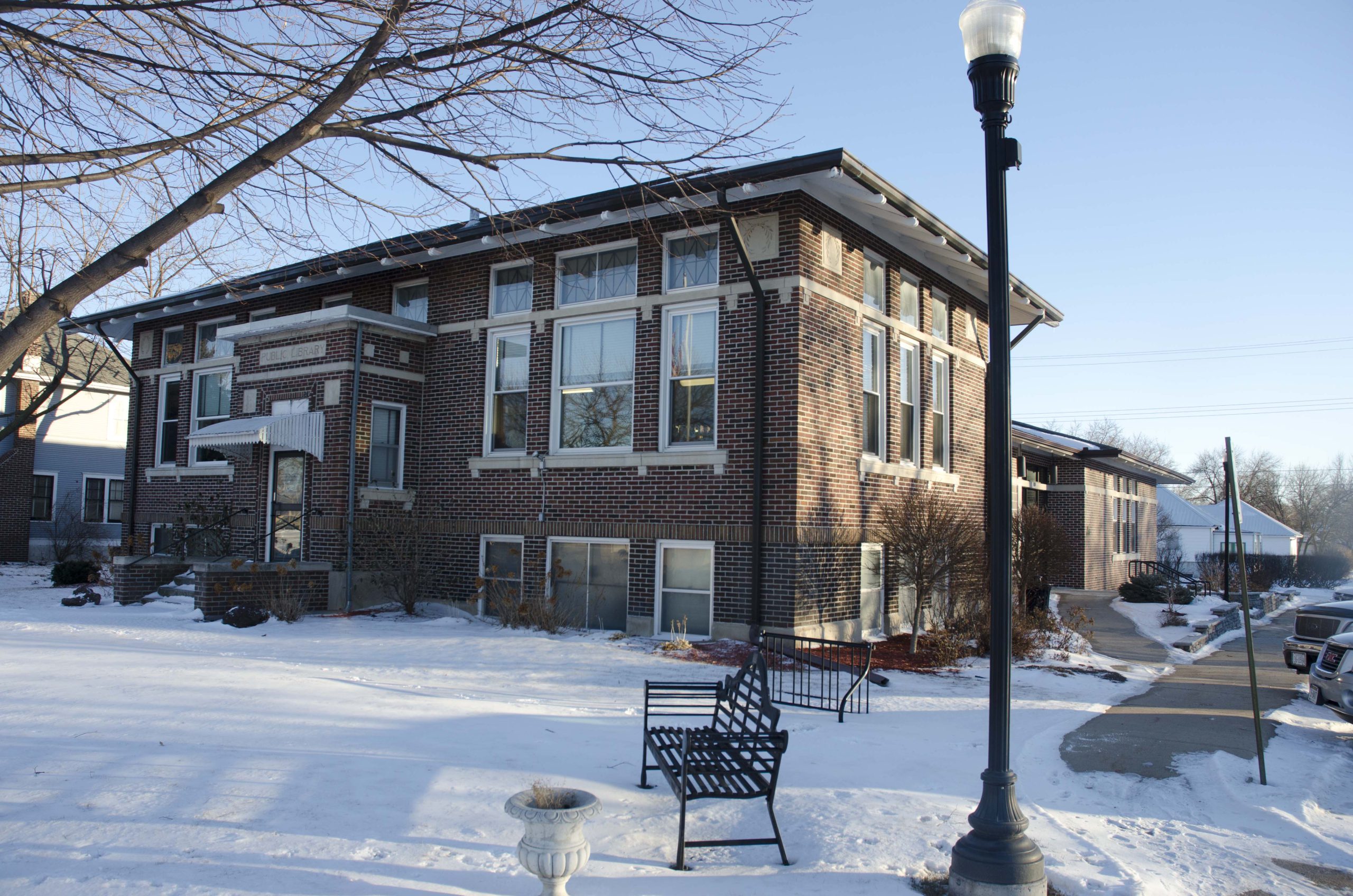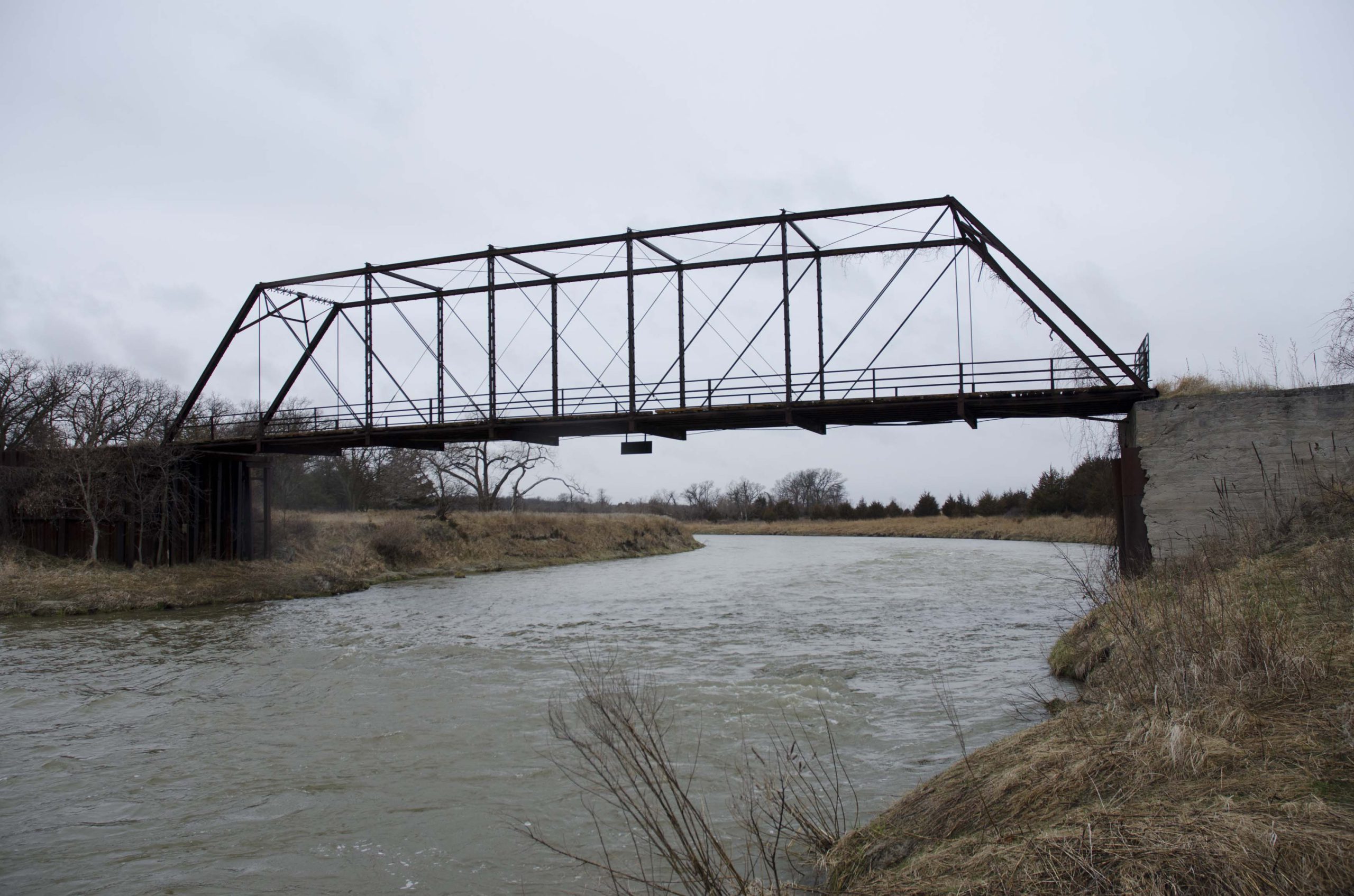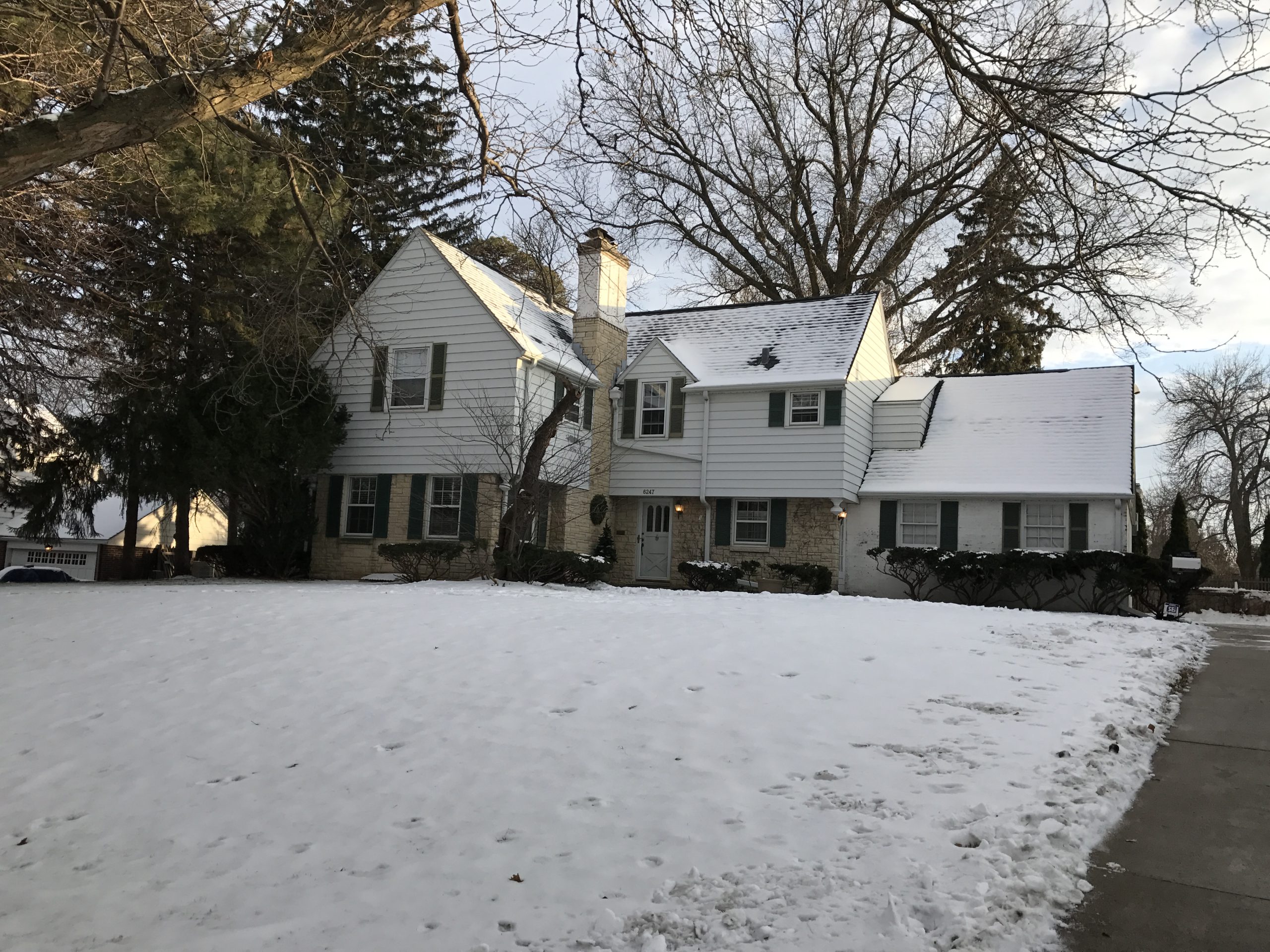History Nebraska is pleased to announce that six Nebraska locations have been listed on the National Register of Historic Places. The Omaha Drummond Motor Company, Omaha Firestone Tire and Rubber Building, Grand Island VA Hospital, O’Neill Carnegie Library, Bartley Sales Barn, and a county line bridge in Cherry County were considered and selected by the National Parks Service for listing. In addition to the new listings, the Fairacres Historic District in Omaha was amended to include a supplemental building to its current listing.

The Drummond Motor Company, a three-story brick commercial building that sits on the northeast corner of 26th and Farnam Streets in Omaha, was originally the home of the Drummond Motor Company beginning in 1912 until selling to the Jones-Hanson Company in 1918. Two years later Greenlease-Lied Cadillac occupied the building and did so until closing their doors in 1958. The property is significant at the local level for its role in the commercial development of Omaha’s ‘Automobile Row’ along Farnam between the years 1912 to 1958.

The Firestone Tire and Rubber Building, at 2570 Farnam Street in Omaha, is a three-story brick commercial building that was designed by noted Omaha architect John Latenser and Sons. The Firestone Company had a key role in the development of Omaha’s ‘Automobile row’ by providing support materials and services to the neighboring dealerships and the high volume of travelers along and near Farnam Street. The property is significant at the local level between the years 1915 to 1939.
The Grand Island VA Hospital complex, located at 2201 North Broadwell Avenue in Grand Island, consists of fourteen buildings spread over 26.6 acres. The focus of the medical campus is the multi-story main hospital building, clad in tan brick with architectural detailing emphasized through variations in building materials. Nine smaller buildings contribute to the historic district, referencing the architectural style of the main hospital building. An additional four buildings, which are considered non-contributing, have been added to the campus since the opening of the veterans’ hospital. Along with its architecture, the Grand Island VA Hospital is also significant for its role in post-World War II health care. It is a representative property that demonstrates both the shift from the care of Veterans from the Civil Service to the Veterans Administration and the combined effort of the Veterans Administration and the U.S. Army Corps of Engineers in constructing the care facility. The hospital is significant at the statewide level between the years 1950-1958.

The O’Neill Carnegie Library, located at 601 East Douglas Street in O’Neill, is one of the sixty-nine libraries that were built using a grant from Andrew Carnegie. The library was originally constructed in 1914 and a large addition was added to the rear of the building in 1994. Despite the modern addition, the building retains sufficient integrity to represent a Carnegie library as efforts were taken to minimize the visual impact of the expansion. The Carnegie library portion retains its original layout with open reading spaces, hardwood banisters, wainscoting, and interior doors, well as its historic wooden windows. The property is significant at the local level between the years 1914 to 1968 for its continued role in the educational development of the community.
The Bartley Sales Barn, located at the southwest corner of US-34/6 and Commercial Street in Bartley, contains four contributing resources along with one non-contributing resource on less than one acres of land. The property is listed for its association with agriculture and commerce, and for the preserved property octagonal barn. The property is significant at the local level between 1919, the year of the earliest known construction, to 1927, when the last livestock sale was believed to be held on the property.

The County Line Bridge in Cherry County spans the Niobrara River 17.5 miles east of Valentine, near Cherry County’s border with Keya Paha and Brown counties. The County Line Bridge is a 1916 Pratt through truss bridge built by the Canton Bridge Company. The bridge was built following the disastrous spring floods of that year that completely destroyed fifteen bridges along the river. The bridge is significant at the local level for its contribution to engineering as a well-preserved example of a once common bridge type. The bridge does not connect any public roads and is in private ownership.

The Fairacres Historic District in Omaha was originally listed in the National Register of Historic Places on July 24, 2017, but additional documentation regarding a property within in the district was uncovered. The accepted amendment now includes the building at 6247 Underwood Avenue as a contributing resource. Following the amendment, 123 of the 135 resources within the district are now classified as contributing. The district is approximately forty acres and is roughly bounded by Dodge Street to the south, North 62nd Street to the east, California Street and Fairacres Road to the north, and North 68th to the west. The district is listed for its collection of various styles of the Late 19th and Early 20th Century Revivals architecture.
The National Register of Historic Places is the nation’s inventory of properties deemed worthy of preservation. It is part of a national program to coordinate and support local and private efforts to identify, evaluate, and protect the nation’s historic and archeological resources. The National Register was developed to recognize historic places and their role in contributing to our country’s heritage. Properties listed in the National Register either individually or as contributing to a historic district are eligible for State and Federal tax incentives.
For more information on the National Register program in Nebraska, contact the Nebraska State Historic Preservation Office at History Nebraska at (402) 471-4775 or visit history.nebraska.gov/historic-preservation.



